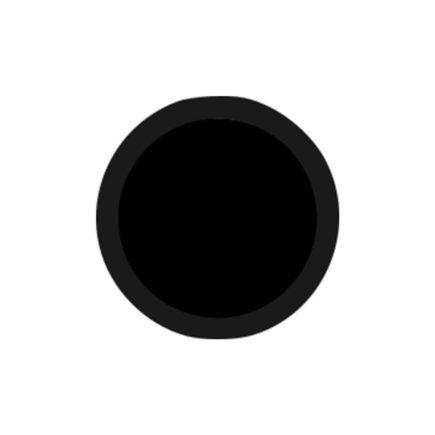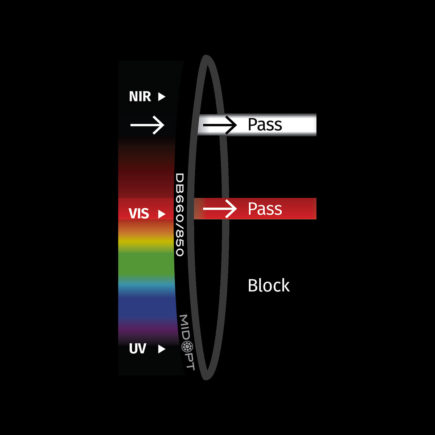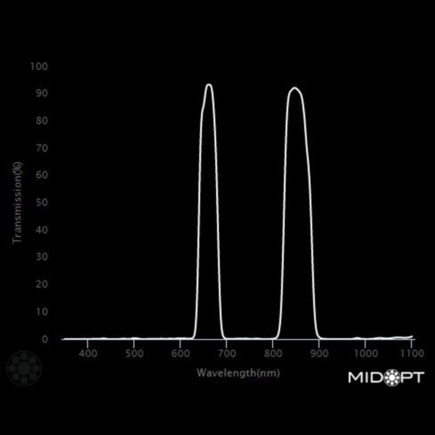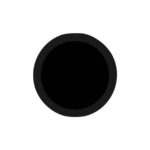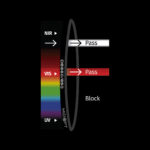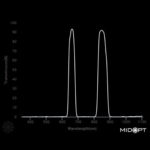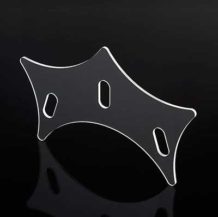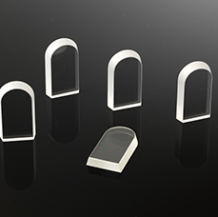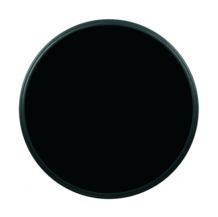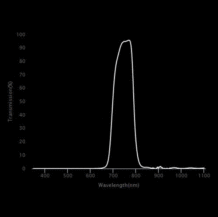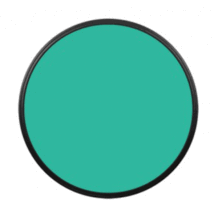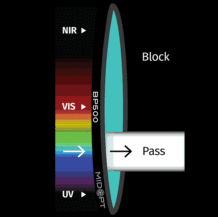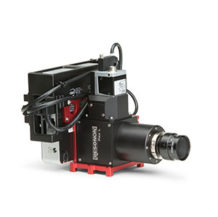DB660/850 Dual Bandpass Filter
DB660/850 Dual Bandpass Red + 850nm NIR has been designed primarily for NDVI imaging applications.
View cart
- Description
- Specifications
Description
DB660/850 Dual Bandpass Red + 850nm NIR
DB660/850 Dual Bandpass Filter has been designed primarily for NDVI imaging applications.
When using a single camera, incorporation of this filter allows reflected red light (660nm) to be captured in the camera sensor’s red channel and reflected near- infrared light (850nm) to be captured in the sensor’s blue channel (the green channel is not used).
Even when using an inexpensive consumer camera (that has first had its IR blocking filter removed), this easy separation then makes it possible to post-process the red and blue channels for NDVI by performing the calculation: NDVI = (blue – red) / (blue + red).
Healthy vegetation will absorb (not reflect) red light and strongly reflect near-infrared light. Thus this information can then be used to apply a false color gradient to images to better highlight the contrast between regions of healthy vegetation vs. areas with stressed/diseased or no vegetation.
- Useful Range : 645-675nm, 830-870nm
- FWHM : 40nm, 50nm
- Tolerance : +/-5
- Peak Transmission : ≥90%
- Surface Quality : 40/20
When requesting a quote, please provide type of mount and size needed.
Common Uses for Dual Bandpass Filters
Dual Bandpass Filters are most commonly used for security and surveillance, intelligent traffic solutions and Normalized Difference Vegetation Index (NDVI) imaging.
- Pass visible light and a specific portion of the VIS and NIR spectrums
- Ideal for color camera applications that utilize daytime sunlight and NIR illumination at night
- Achieve accurate color rendition by blocking interfering wavelengths
- Eliminate the need for dual sensor imaging
- Anti-reflection coated for maximum transmission
- Hard-coated, single-substrate fabrication
- Exceptional surface quality; 40/20 scratch/dig
Dual Bandpass Filter Applications
Dual Bandpass Filters are becoming increasingly popular in NDVI aerial drone inspection, allowing for single sensor imaging and reduced operation payload. NDVI, traditionally achieved by satellite imagery, can now be obtained utilizing Dual Bandpass Filters and personal aerial imaging devices.
| wavelength (nm) |
transmission (%) |
|---|---|
| 1100 | 0.93 |
| 1090 | 0.53 |
| 1080 | 0.52 |
| 1070 | 0.60 |
| 1060 | 0.45 |
| 1050 | 0.27 |
| 1040 | 0.28 |
| 1030 | 0.43 |
| 1020 | 0.21 |
| 1010 | 0.06 |
| 1000 | 0.03 |
| 990 | 0.13 |
| 980 | 0.38 |
| 970 | 0.04 |
| 960 | 0.00 |
| 950 | -0.03 |
| 940 | -0.01 |
| 930 | -0.01 |
| 920 | -0.01 |
| 910 | 0.10 |
| 900 | 0.63 |
| 890 | 8.93 |
| 880 | 53.23 |
| 870 | 76.07 |
| 860 | 89.75 |
| 850 | 91.83 |
| 840 | 91.31 |
| 830 | 81.92 |
| 820 | 23.32 |
| 810 | 1.24 |
| 800 | 0.12 |
| 790 | 0.03 |
| 780 | 0.03 |
| 770 | 0.11 |
| 760 | 0.14 |
| 750 | 0.08 |
| 740 | 0.21 |
| 730 | 0.13 |
| wavelength (nm) |
transmission (%) |
|---|---|
| 720 | 0.13 |
| 710 | 0.05 |
| 700 | 0.11 |
| 690 | 2.51 |
| 680 | 46.43 |
| 670 | 88.14 |
| 660 | 93.25 |
| 650 | 85.67 |
| 640 | 48.09 |
| 630 | 1.53 |
| 620 | 0.14 |
| 610 | 0.22 |
| 600 | 0.26 |
| 590 | 0.16 |
| 580 | 0.18 |
| 570 | 0.06 |
| 560 | 0.15 |
| 550 | 0.06 |
| 540 | 0.11 |
| 530 | 0.05 |
| 520 | 0.01 |
| 510 | 0.16 |
| 500 | 0.37 |
| 490 | 0.04 |
| 480 | 0.12 |
| 470 | 0.06 |
| 460 | 0.01 |
| 450 | 0.00 |
| 440 | 0.11 |
| 430 | 0.17 |
| 420 | 0.05 |
| 410 | 0.10 |
| 400 | 0.03 |
| 390 | 0.04 |
| 380 | 0.03 |
| 370 | 0.00 |
| 360 | 0.00 |
| 350 | 0.00 |

